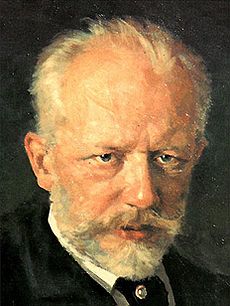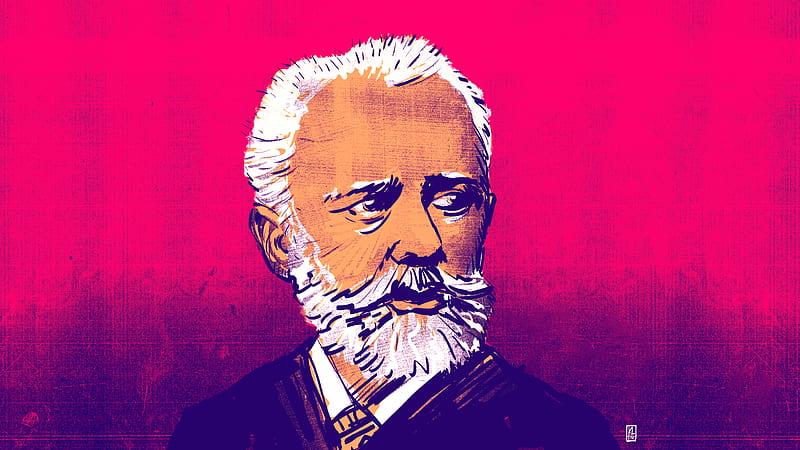Pyotr Ilyich Tchaikovsky’s Piano Concerto No. 1 in B-flat minor, Op. 23 is one of the most famous and frequently performed piano concertos in the classical music repertoire. Known for its grand, sweeping melodies and virtuosic piano passages, the concerto has an intriguing history marked by rejection, revision, and ultimate triumph.
Origins and Rejection
Tchaikovsky composed the concerto between November 1874 and February 1875. Upon completing the work, he sought feedback from his friend and mentor, Nikolai Rubinstein, the eminent Russian pianist and conductor. Tchaikovsky played the piece for Rubinstein, hoping he would agree to premiere it. However, to Tchaikovsky’s great disappointment, Rubinstein harshly criticized the concerto, calling it poorly composed and impossible to play. He suggested extensive revisions, which Tchaikovsky adamantly refused. Feeling deeply hurt, the composer decided to dedicate the concerto instead to the German pianist and conductor Hans von Bülow, who had been a great supporter of his music.
Premiere and Initial Reception
Hans von Bülow premiered the concerto on October 25, 1875, in Boston, Massachusetts, during an American concert tour. The performance was met with enthusiastic applause, marking an early success for the concerto abroad. The Russian premiere followed in November 1875, played by pianist Sergei Taneyev, a student of Tchaikovsky. Despite Rubinstein’s initial rejection, the concerto gradually gained popularity, and even he later performed and championed the work, acknowledging its brilliance.
Revisions and Final Form
Tchaikovsky made revisions to the concerto in 1879 and again in 1888, refining the orchestration and piano passages while maintaining the original structure. The final version, completed in 1888, is the one most frequently performed today.
Musical Structure and Legacy
The concerto is structured in three movements:
- Allegro non troppo e molto maestoso – Allegro con spirito: The famous opening features thunderous orchestral chords followed by the solo piano’s majestic, lyrical theme. Interestingly, this grand introduction never reappears in the rest of the concerto.
- Andantino semplice – Prestissimo – Tempo I: A lyrical and delicate second movement, featuring a charming dialogue between piano and orchestra.
- Allegro con fuoco: A rousing and energetic finale, incorporating elements of Ukrainian folk music and culminating in a thrilling conclusion.
Over the years, Piano Concerto No. 1 has been performed and recorded by many of the greatest pianists in history, including Vladimir Horowitz, Sviatoslav Richter, and Martha Argerich. The concerto remains a staple in concert halls worldwide, its powerful themes and technical brilliance continuing to captivate audiences and musicians alike.
Tchaikovsky’s Piano Concerto No. 1 stands as a testament to artistic perseverance, proving that even initial rejection cannot overshadow true musical genius.


Comments are closed